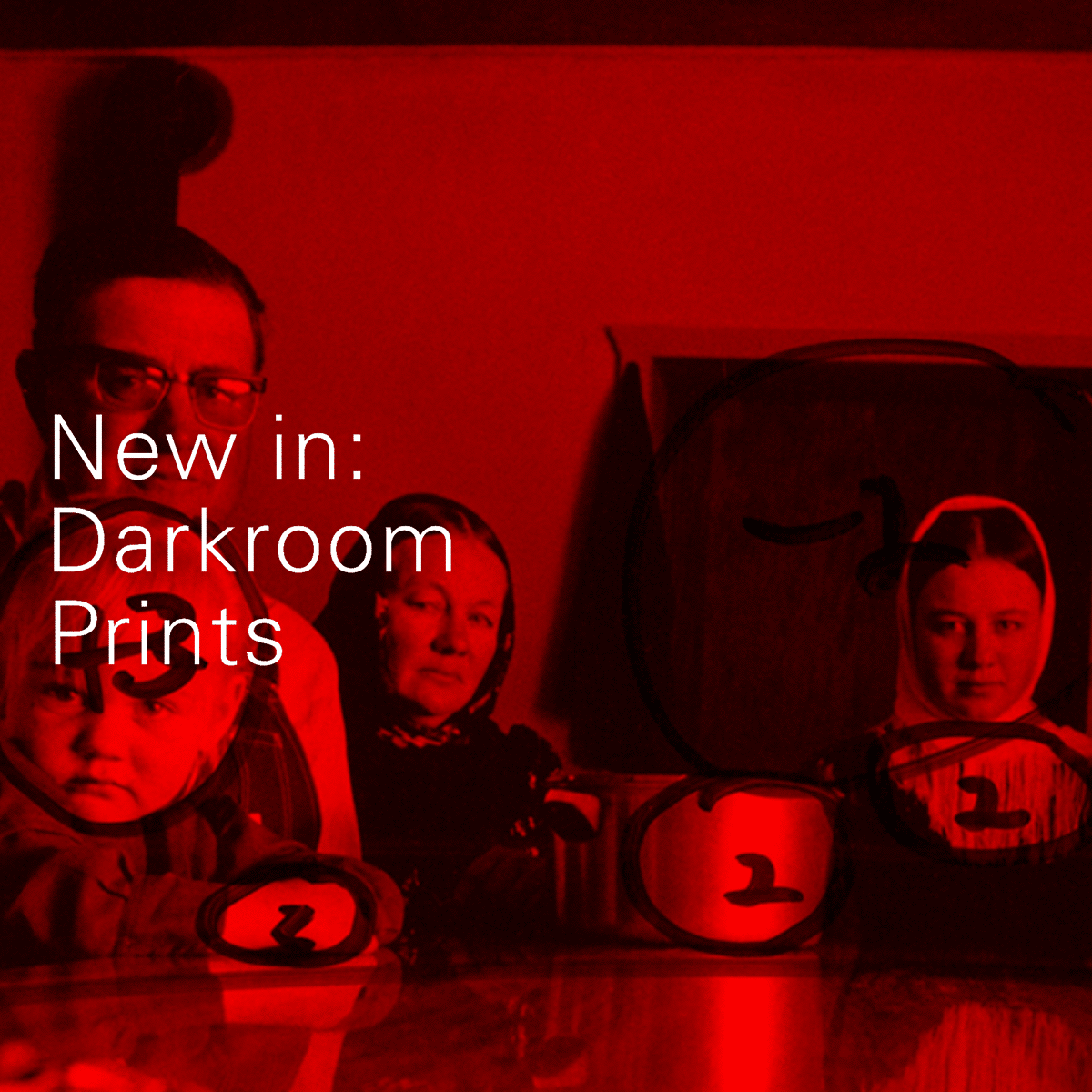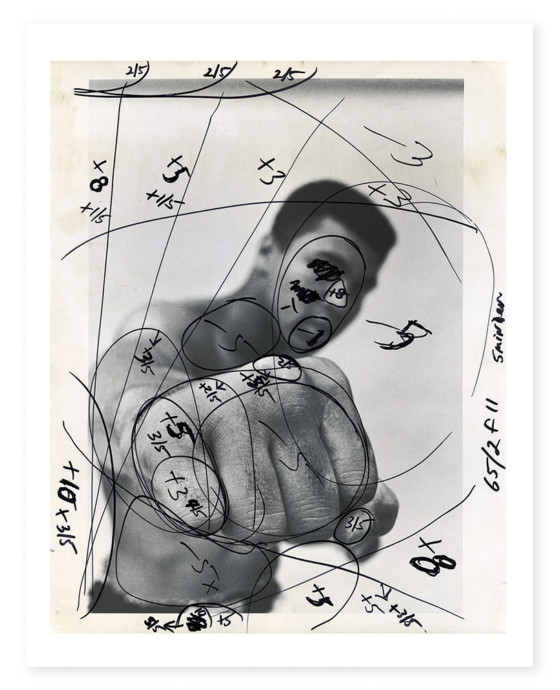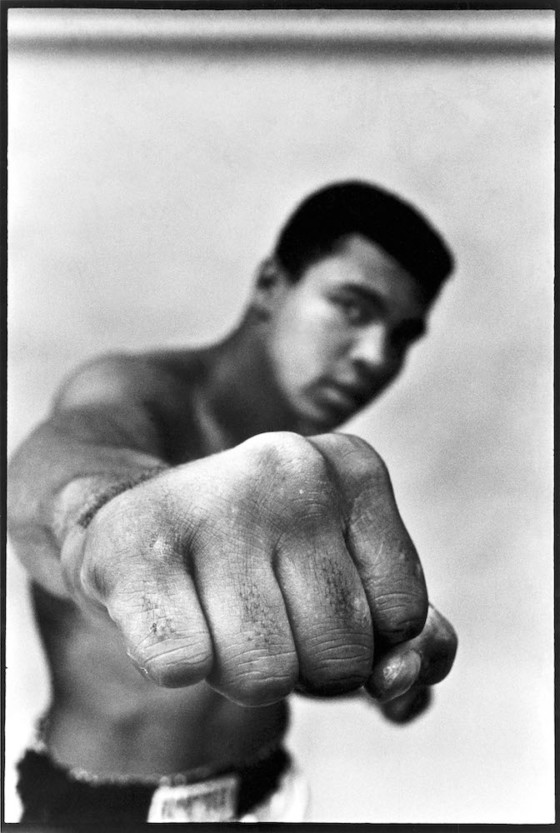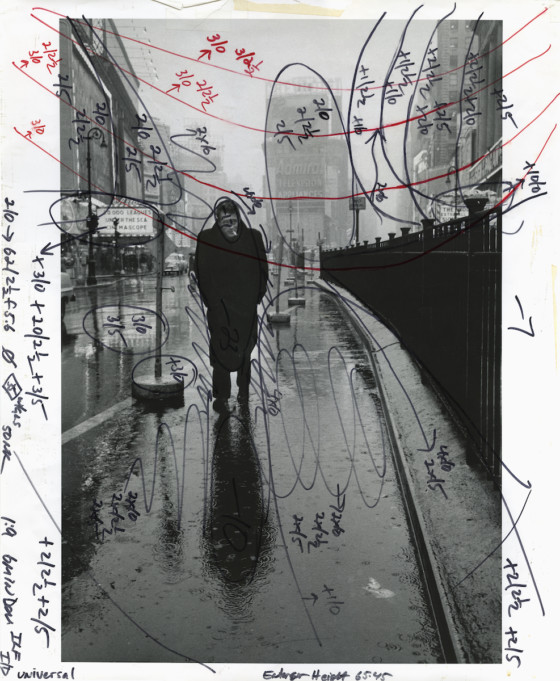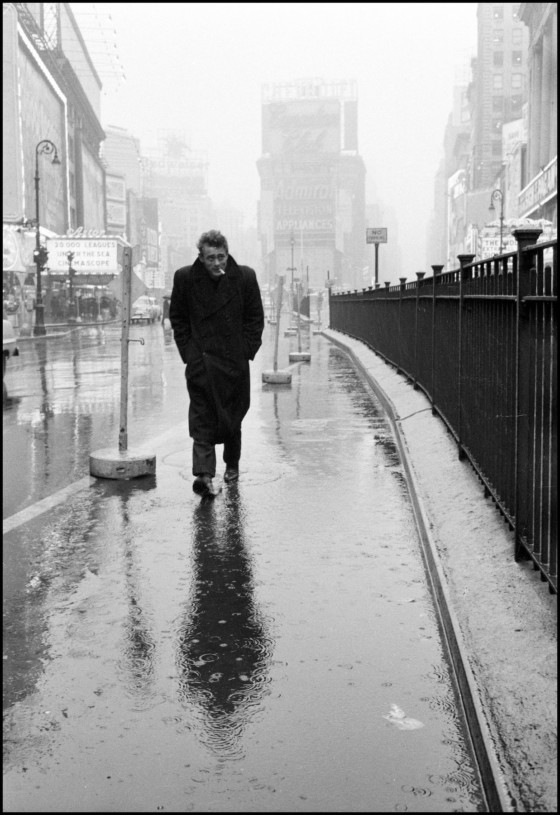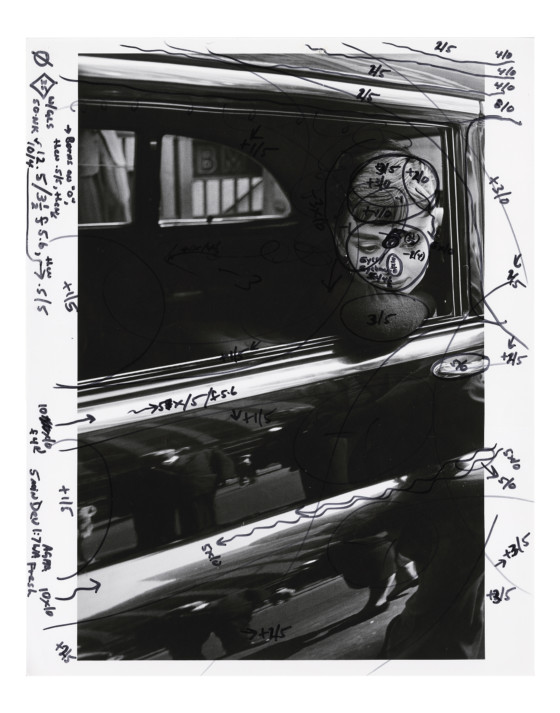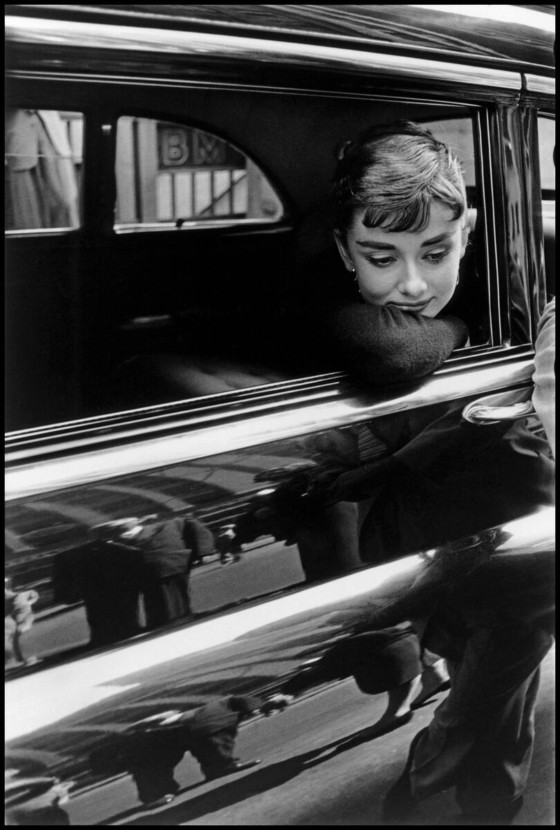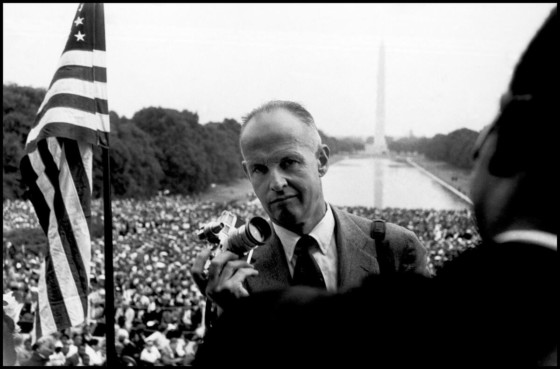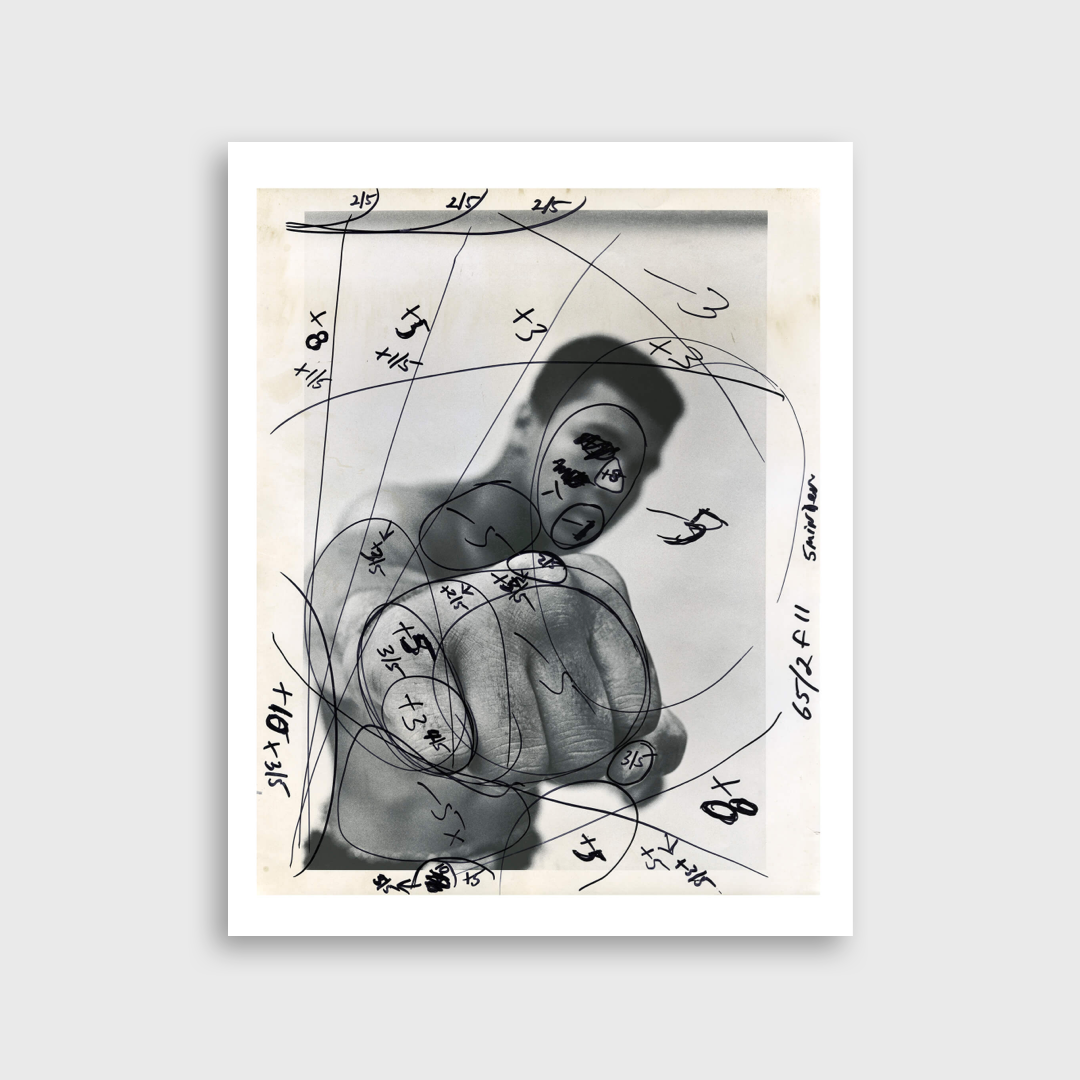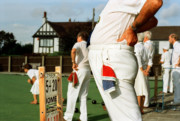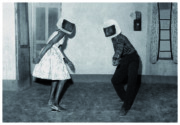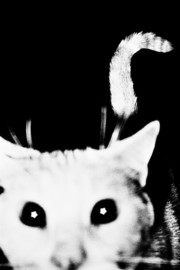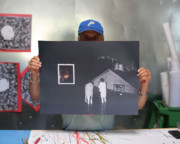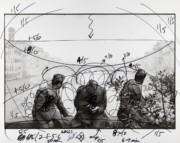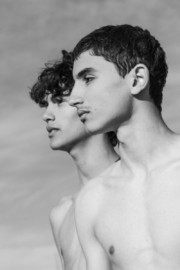Famous Faces From the Darkroom
A closer look at four test prints from the exclusive Darkroom Collection and the stories behind the images.
The Magnum Darkroom Collection, which was unveiled online in February of this year, presents some of the most iconic images from the Magnum archive as seen through the discerning eye of master printer Pablo Iniro.
Presented as they have never been seen by the public before, the collection brings together 11×14” reproductions of the darkroom printer’s test prints, complete with his mark-ups and notations which reveal how depth and layers were accentuated through the printing process, and how the subject is brought to life.
This month, five new prints have been added to the collection, and below we take a look at the five new test prints from the darkroom, alongside the story behind the images.
In 1966, Thomas Hoepker was a young staff photographer at STERN magazine. He was asked to cover a fight in London between the then-heavyweight champion of the world Muhammad Ali, and British boxer Henry Cooper. He had met Ali several years before in 1960, the same year that the young athlete won a gold medal in the light heavyweight division at the 1960s Summer Olympics in Rome and turned professional.
Following the fight, which Ali won in the sixth round, Hoepker managed to convince his editors that there was more of a story behind the young heavyweight champion, and followed Ali back to Chicago. There, he spent several days photographing him in his day-to-day life: from his home, to a barber shop, a bakery and in the gym. It was during this trip that he captured this shot of Ali showing off his world-famous right fist.
Years later, they would meet again when Ali restarted his career and started preparing for the “Fight of the Century” against Joe Frazier in 1971. In 2011, Hopeker published the book CHAMP, an intimate look into the life of Muhammad Ali, and BIG CHAMP in 2016.
James Dean by Dennis Stock
Dennis Stock met the young James Dean during a house party in Los Angeles in 1955. At the time, Dean was awaiting the release of his first significant film, Elia Kazan’s East of Eden. Intrigued by his new friend’s nostalgic tales of his childhood in rural Indiana, Stock began to pitch a story to LIFE about the young actor.
As Eliza Berman wrote in LIFE: “Stock became determined to capture a portrait of a young man suspended between two worlds: that of the family farm where his aunt and uncle raised him after his mother’s death, and that of the Hollywood into which he would soon be embraced.”
The photographer followed Dean to his home in Fairmont, Hollywood, and New York, where this image of him walking through the rain in Times Square was shot.
Later that same year, Dean tragically passed away at the age of 24. The images that Stock took of him that year have helped immortalize the young actor on the brink of stardom.
The year before he met James Dean, in 1954, Stock spent time with young actor Audrey Hepburn on set for Billy Wilder’s romantic comedy-drama Sabrina, in which Hepburn starred alongside Humphrey Bogart and William Holder.
The filming was only a year after she had risen to stardom, winning an Oscar, a Golden Globe Award and a BAFTA Award for her performance in Roman Holiday. Her second film, Sabrina, was nominated for six Academy Awards the year after its release.
“In spite of her celebrity, Hepburn was unexpectedly down-to-earth and accessible. Dennis appreciated that quality in her as it was an unusual trait for a star of her caliber,” Susan Richards of the Burt Glinn Estate once wrote. “He was a little in love with her (who wasn’t) and said she treated everyone kindly, indifferent to her (or anyone else’s) celebrity. More than anything she valued family, and her work with UNICEF.”
On May 17, 1957, upwards of 22,000 people gathered in Washington D.C. to mark the third anniversary of the landmark Brown v. Board of Education legal ruling, in which it was ruled unanimously that racial segregation of children in public schools was unconstitutional — a landmark in the civil rights movement.
As crowds gathered at the Lincoln Memorial, Martin Luther King Jr. gave a speech, which came to be known as “Give Us the Ballot,” urging members of Congress to ensure voting rights for African Americans.
Bob Henriques and Henri Cartier-Bresson were both covering the event that day. Mid-speech, Henriques captures an intimate moment as Cartier-Bresson pauses, camera in hand, just in front of Martin Luther King Jr. himself, with the Washington Monument looming in the background.
The above test prints, and several more, are now available to purchase as 11×14″ reproductions, framed or unframed as part of the Magnum Darkroom Collection from the Magnum Shop. Browse the full collection here.


